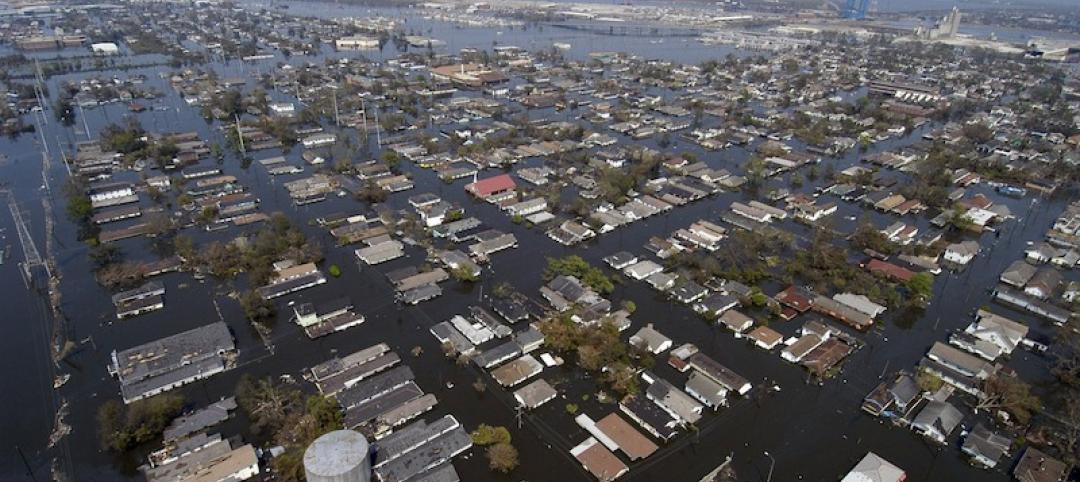A new standard for Phase I environmental reports is in the works and will require more work for environmental consultants.
The new standard, ASTM E1527-21, which will replace the existing ASTM E1527-13, affects about 250,000 commercial real estate transactions a year. It will, among other things, mandate more in-depth historical reviews at many locations, including a requirement to examine the history of adjoining properties.
One of the drivers for these changes is to determine potential health risks represented by dry cleaning businesses. Contamination from these businesses is the leading source of environmental liability in commercial real estate transactions.
The new standard also adds PFAS (per- and polyfluoroalkyl substances) and other emerging contaminants to the list of “non-scope issues” that a user may want to evaluate as a business risk. This is how asbestos and mold is handled according to the current standard.
The standard for Phase I environmental reports is updated every eight years. It was last revised in 2013.
Related Stories
Codes and Standards | Dec 13, 2018
Urban flooding causing economic loss, social disruption, and housing inequality
Extensive suburban development, aging and poorly maintained infrastructure, and more intense rainfall mean more flooding.
Codes and Standards | Dec 12, 2018
California’s transportation problems could prevent state from reaching carbon reduction goals
Governor’s carbon neutral-by-2045 ambitions at odds with car culture.
Codes and Standards | Dec 11, 2018
Strict seismic building codes credited with minimizing damage in Alaskan earthquake
Magnitude 7.0 temblor cracked roads and collapsed road ramps, but buildings held up well.
Codes and Standards | Dec 7, 2018
Florida tops ABC’s 2018 Merit Shop Scorecard rankings
Michigan rose fastest after passing prevailing wage law.
Codes and Standards | Dec 6, 2018
North American steel yields lower GHG emissions than Chinese steel
North American construction steel saves about half of GHG emissions on building project.
Codes and Standards | Dec 5, 2018
Canadian retailer builds net-zero stores
Other chains also boost green efforts with PVs, EV charging stations.
Codes and Standards | Dec 4, 2018
Action on building codes would spur low-carbon cities
Faster retrofit cycles, increased energy-efficiency requirements for existing buildings needed.
Codes and Standards | Nov 30, 2018
Best solution to prevent California wildfire disasters: Stop building in places likely to burn
Approach would be unpopular as people attracted to stunning wooded landscapes.
Codes and Standards | Nov 29, 2018
USGBC and BRE form partnership
Two green standards groups will collaborate on standards, platforms, and research.
Codes and Standards | Nov 29, 2018
Parking garages in N.Y. State will have to be inspected every three years
Professional engineer must assess conditions.

















